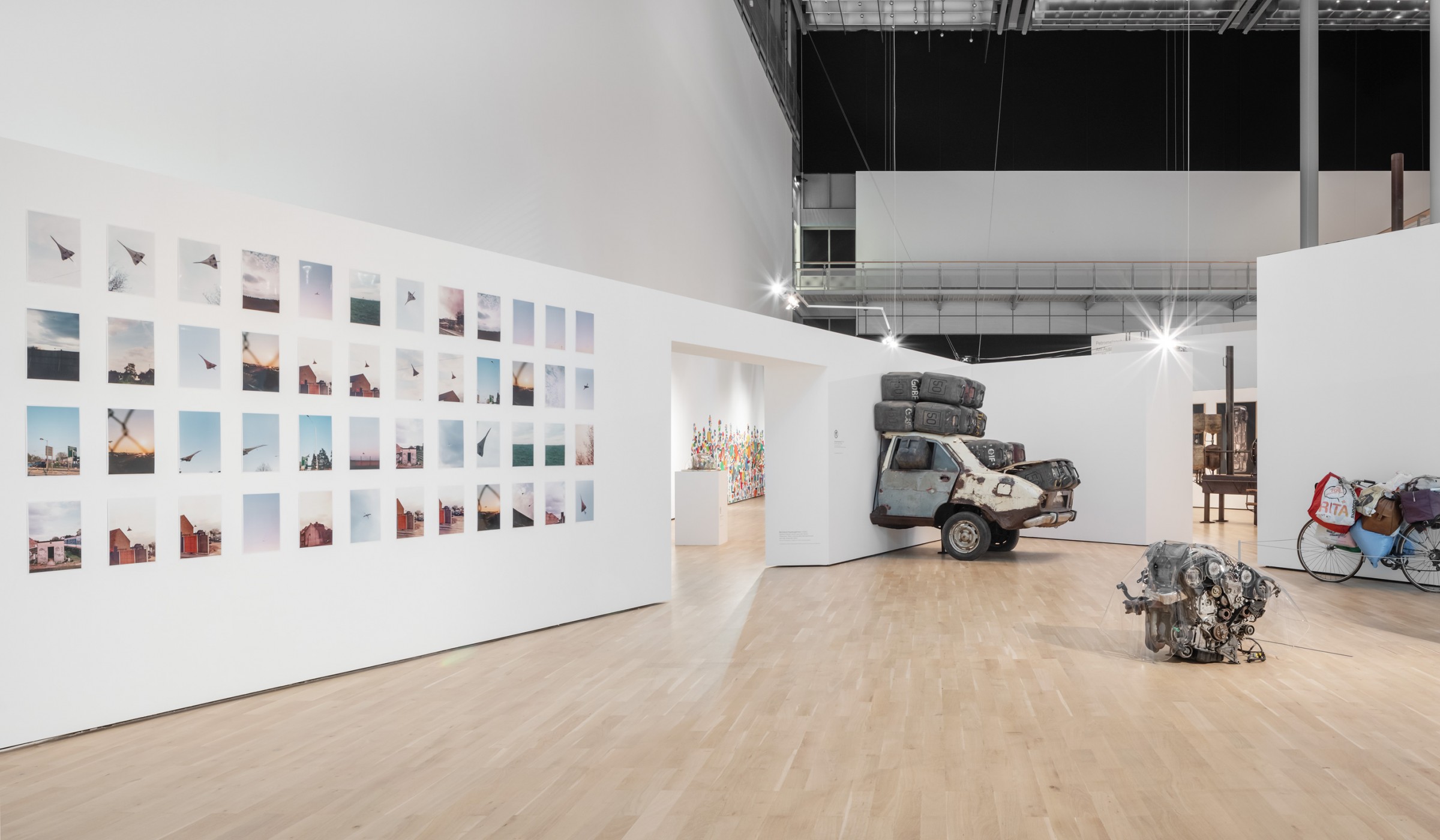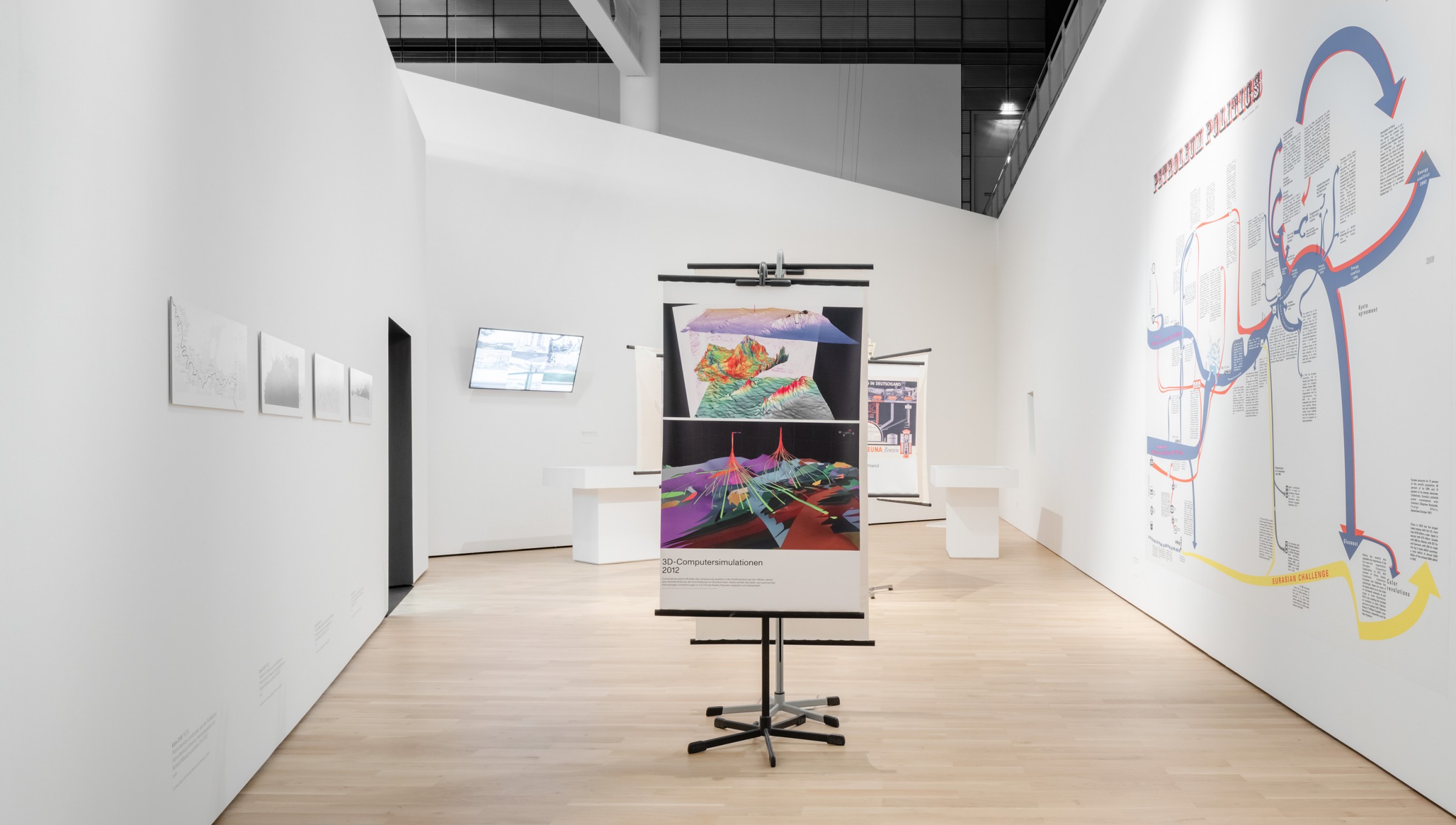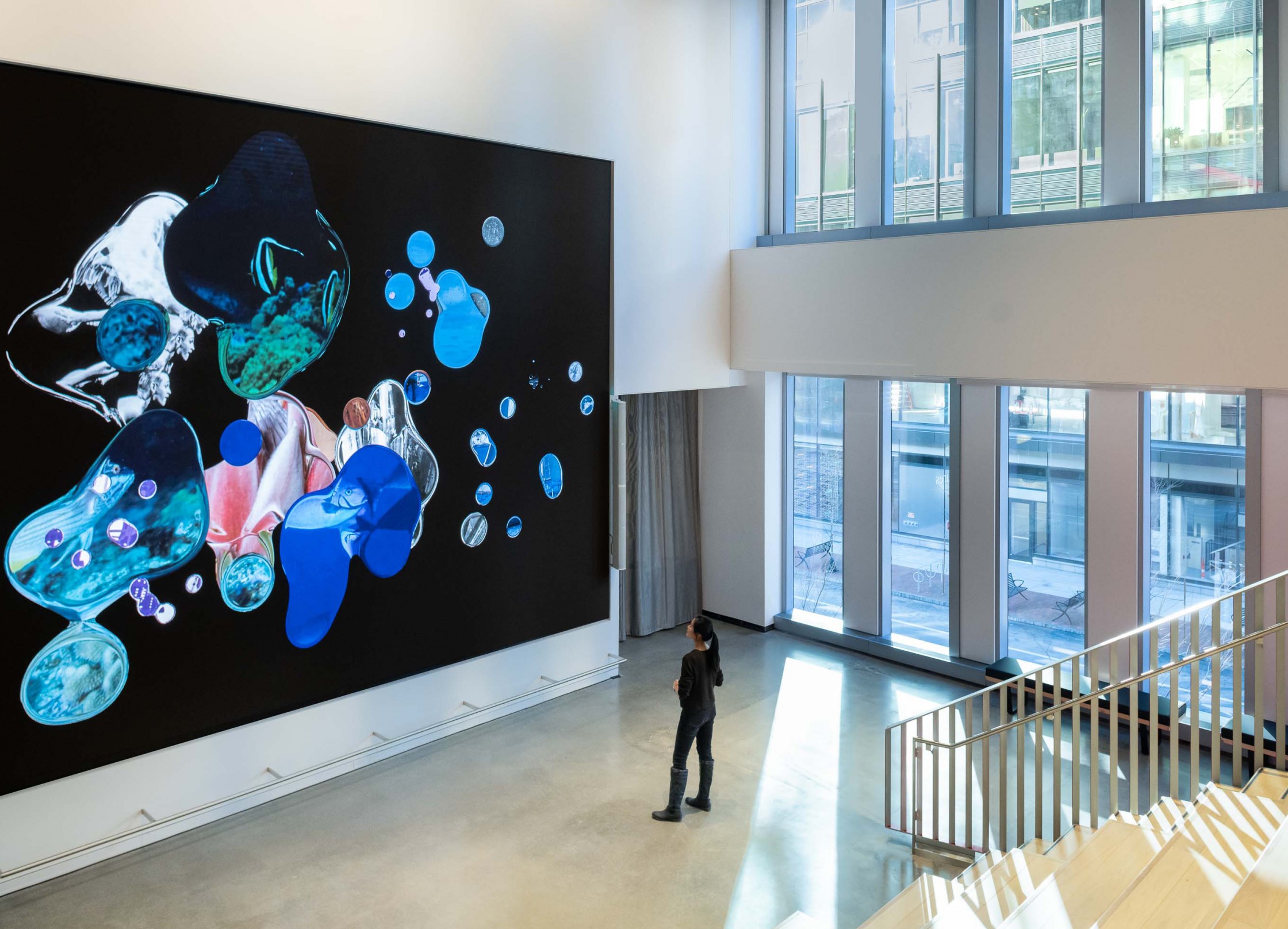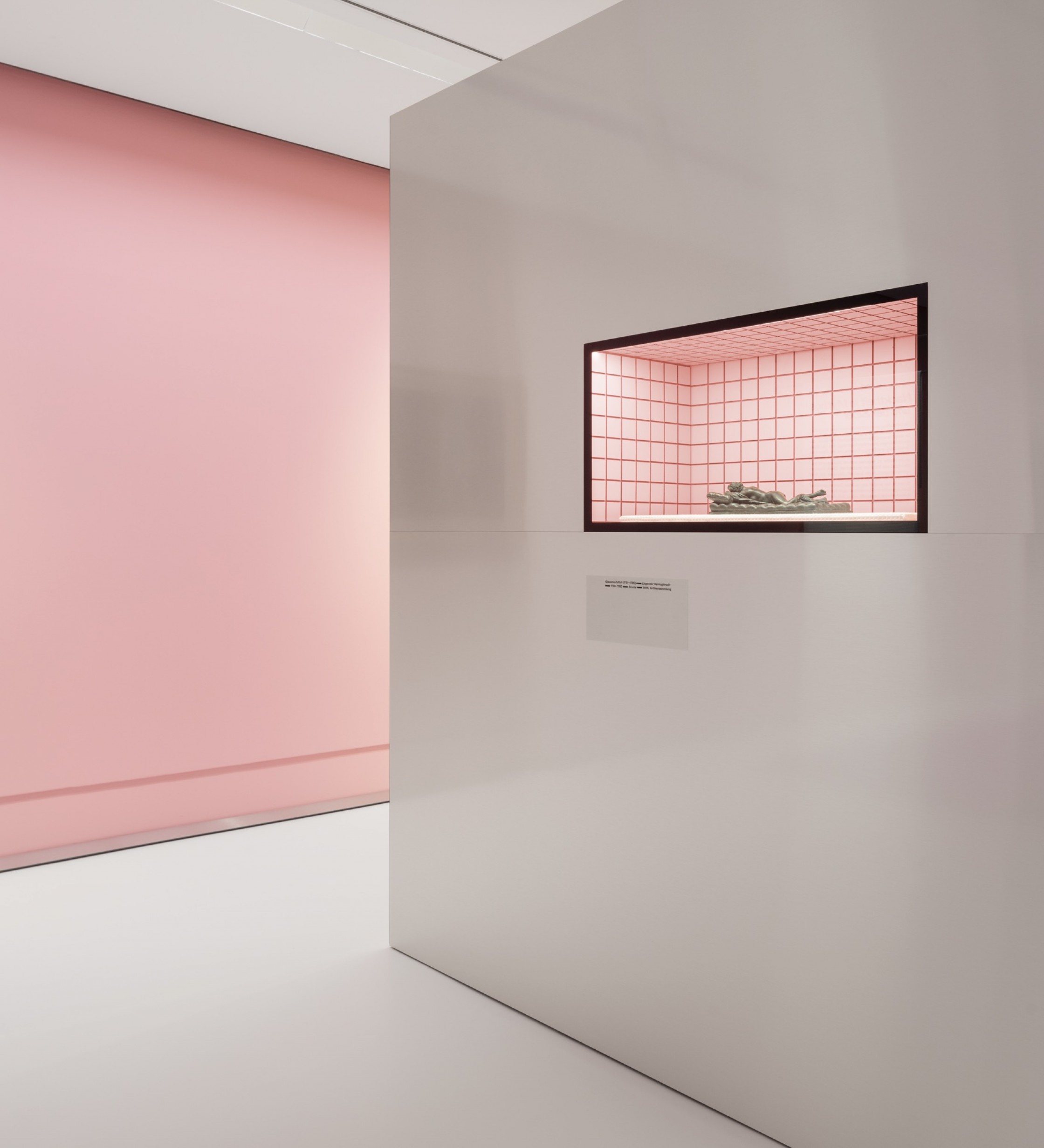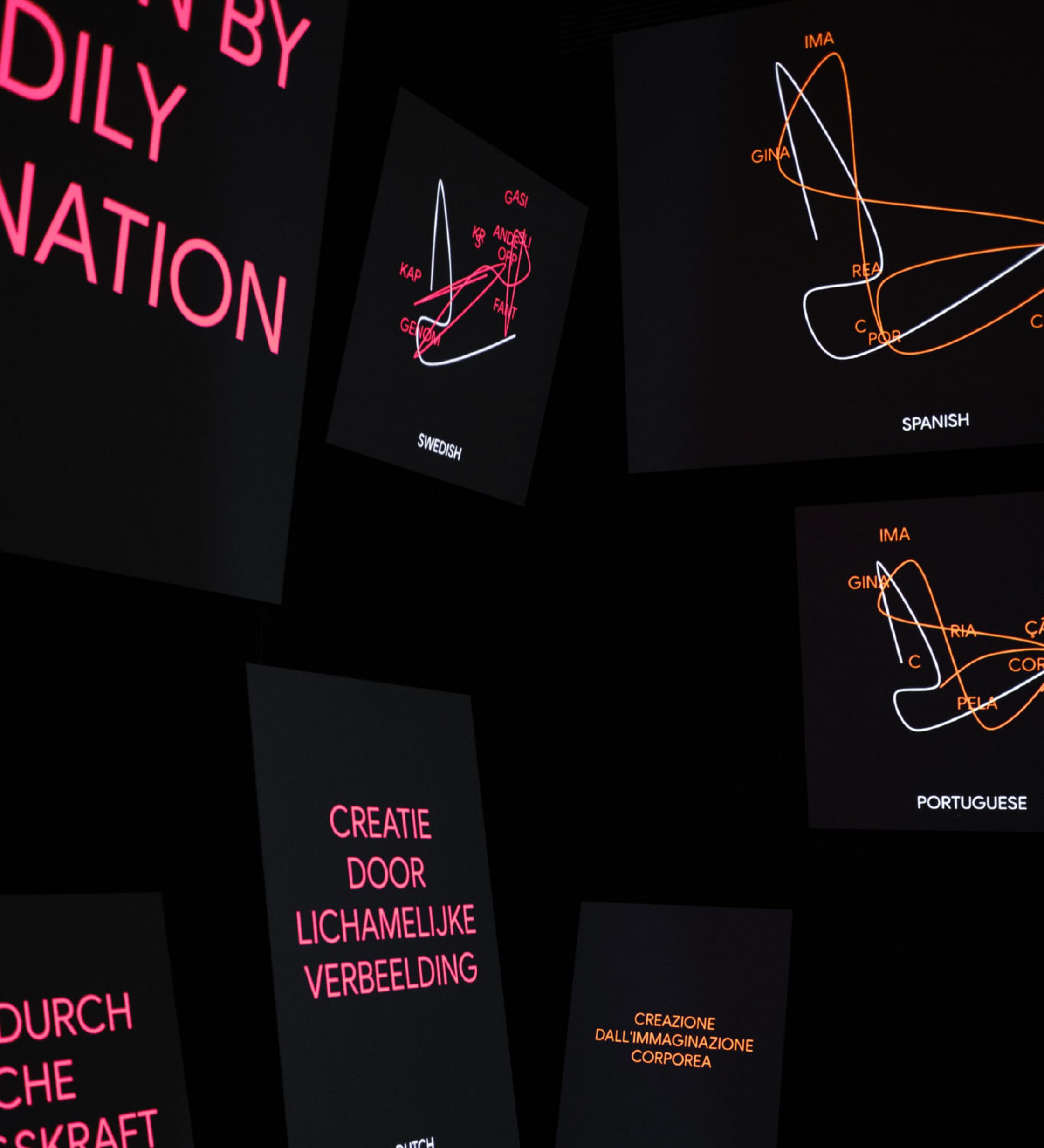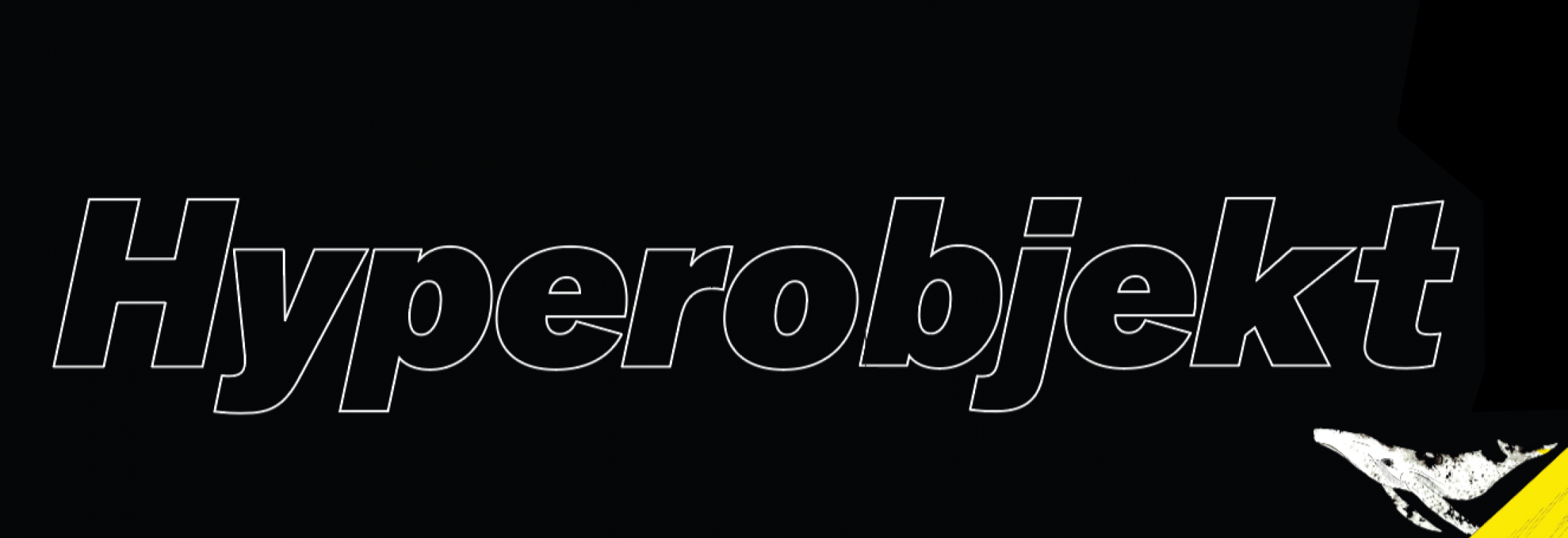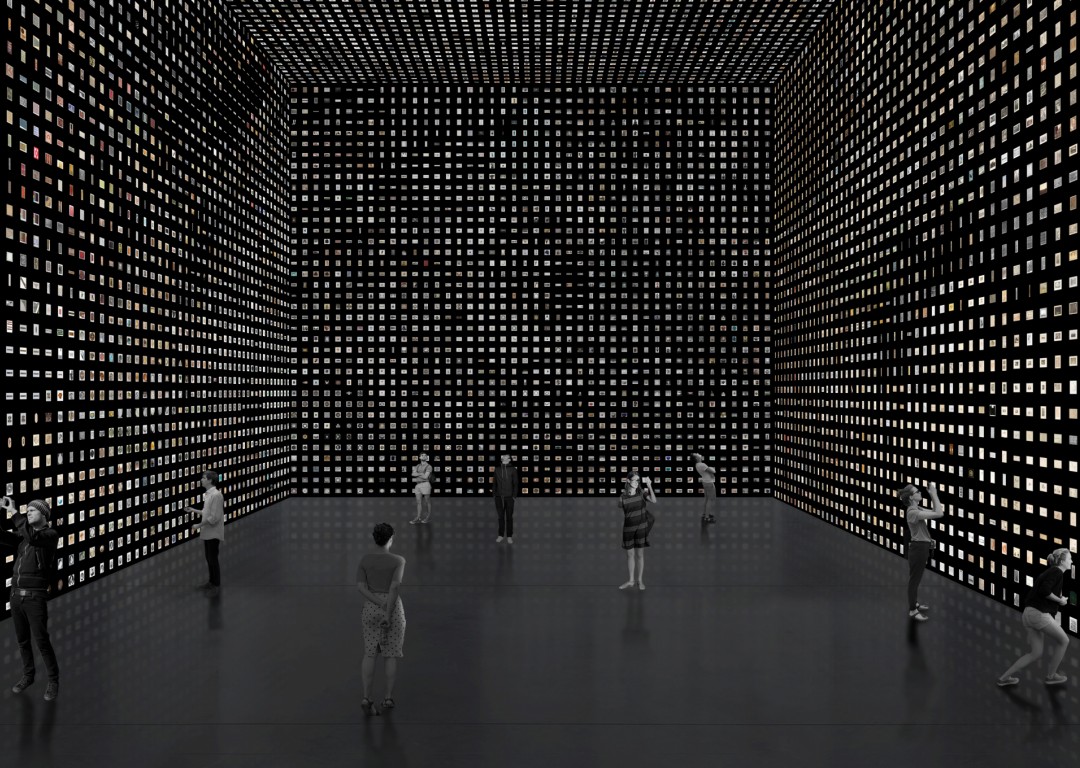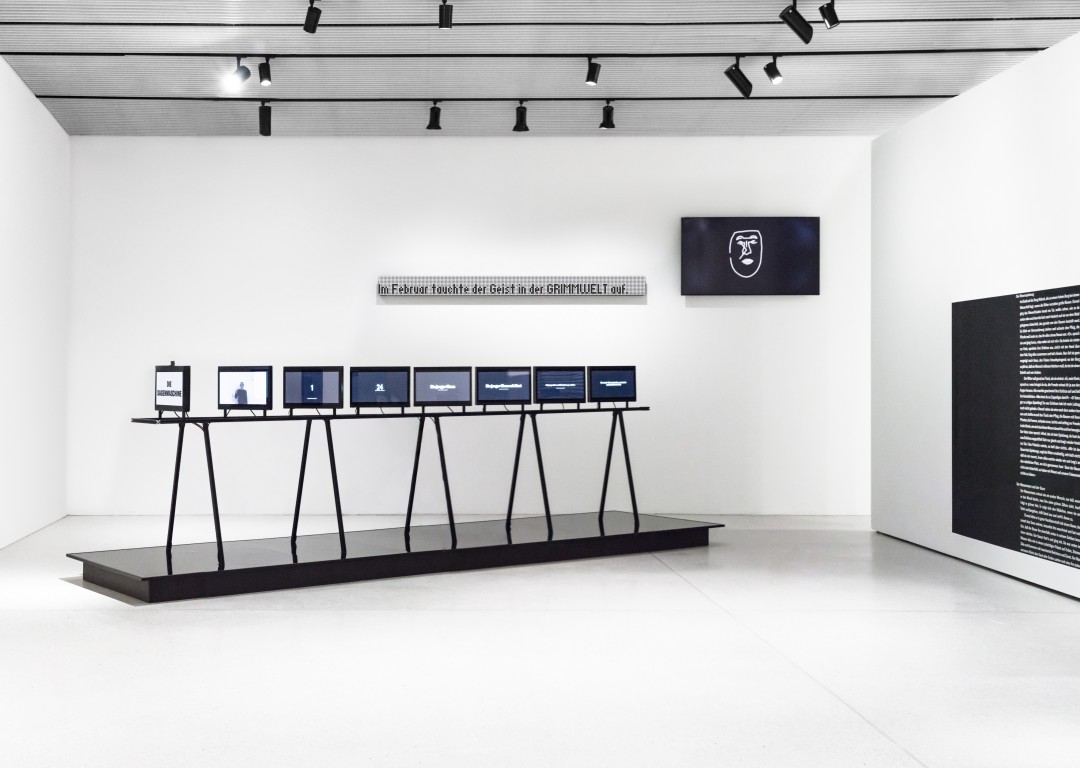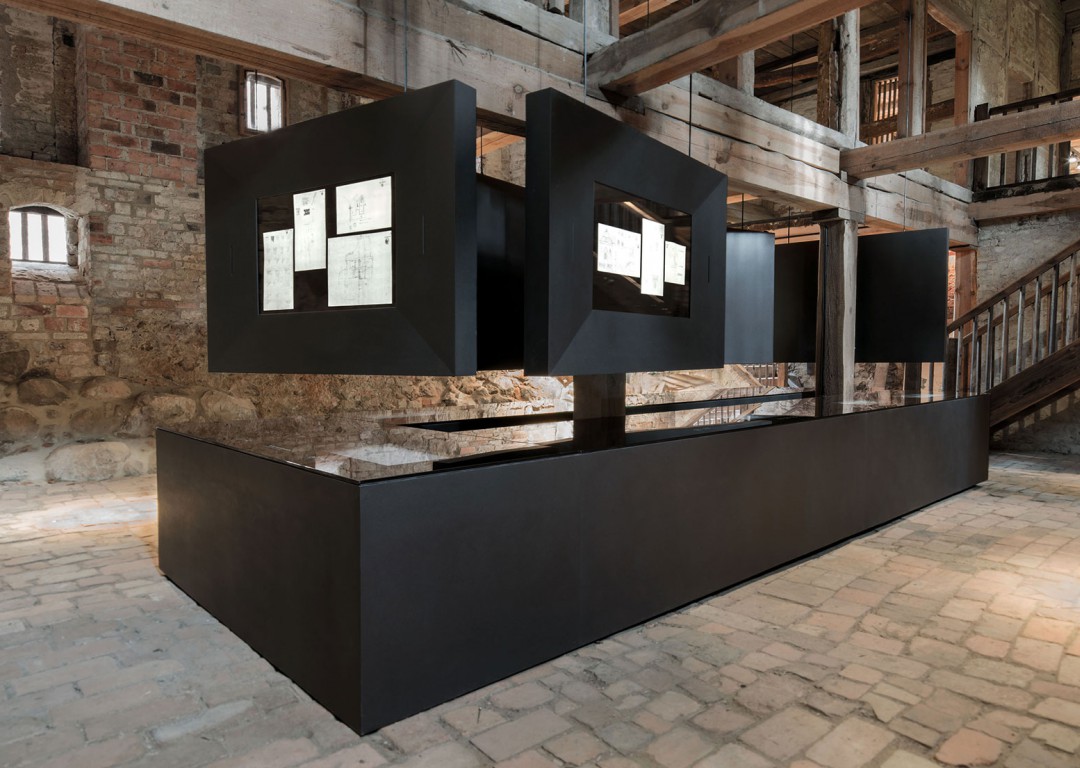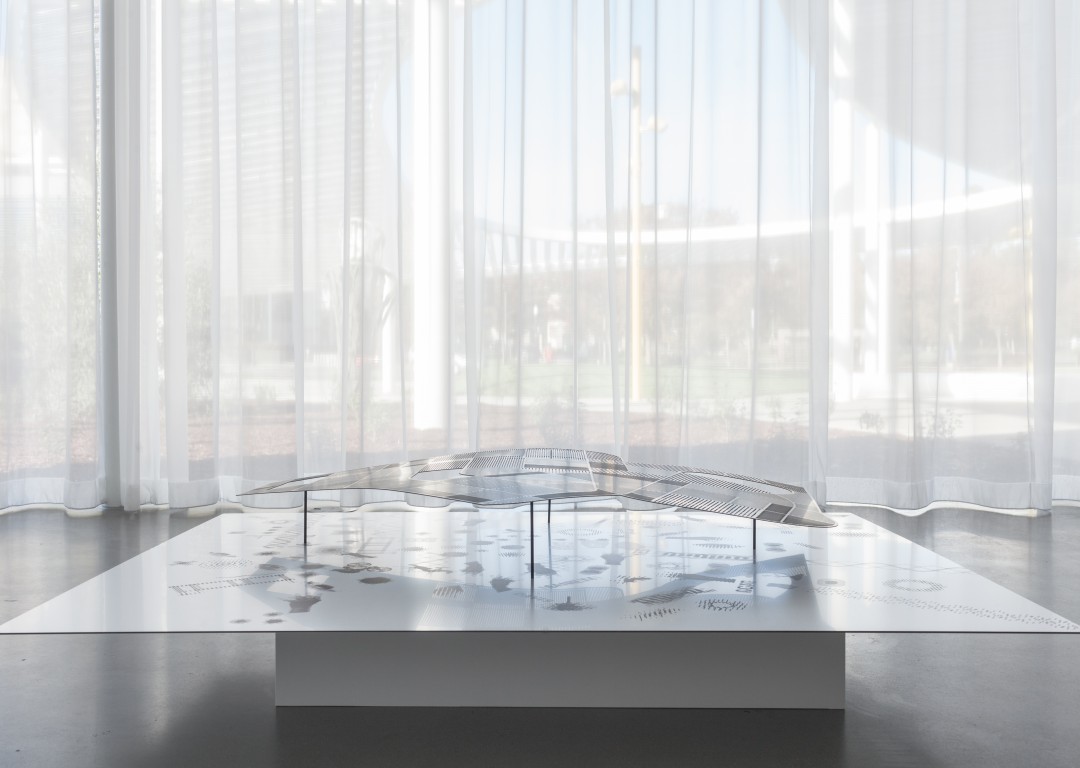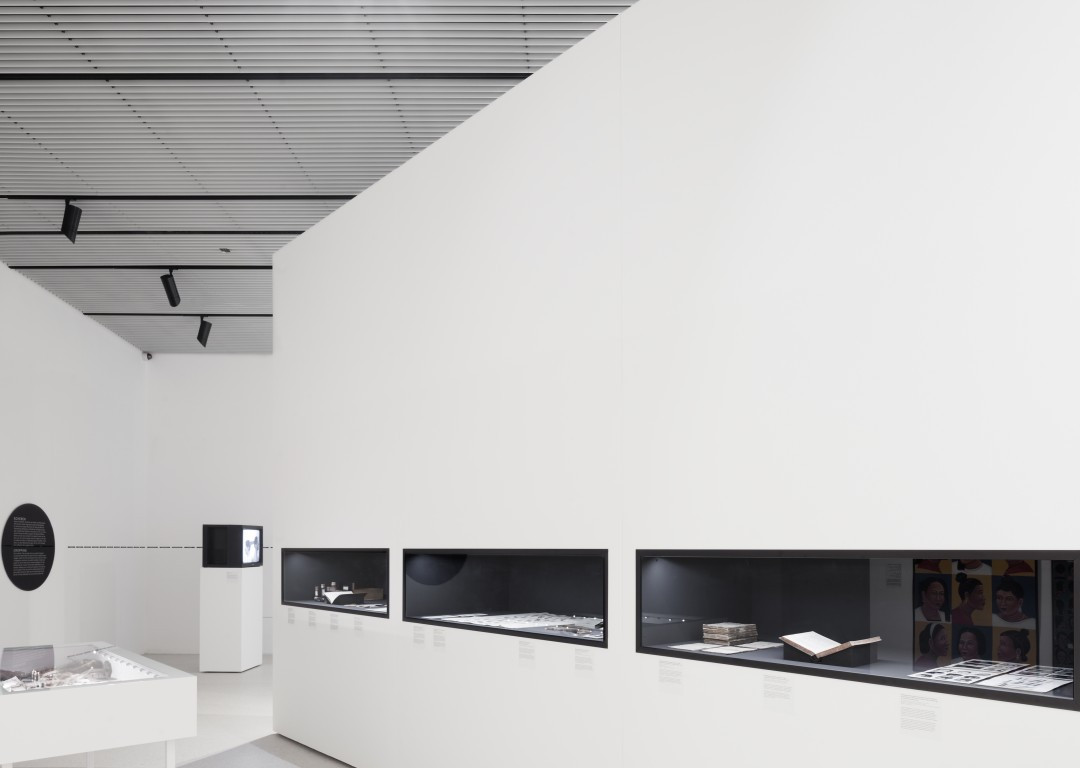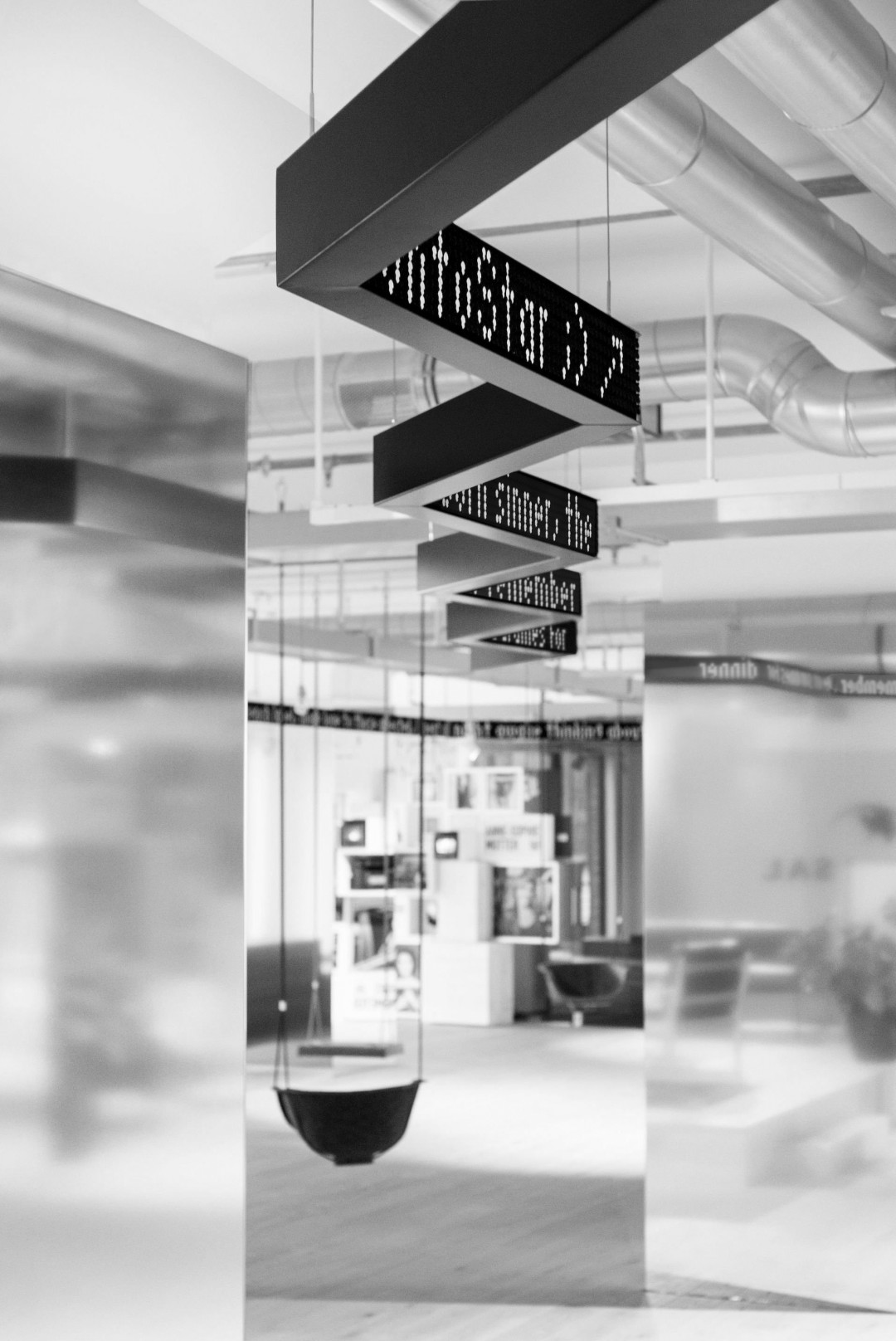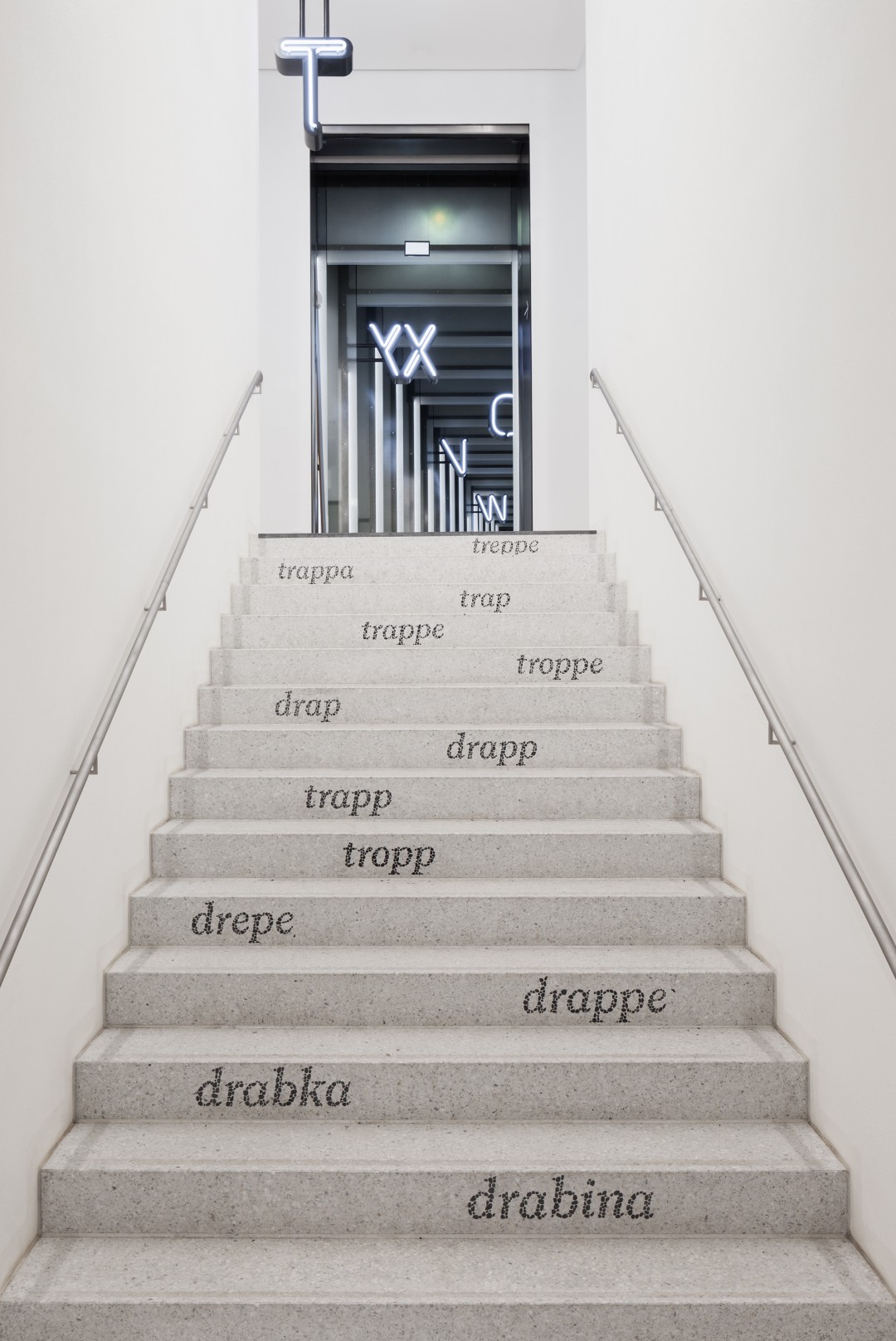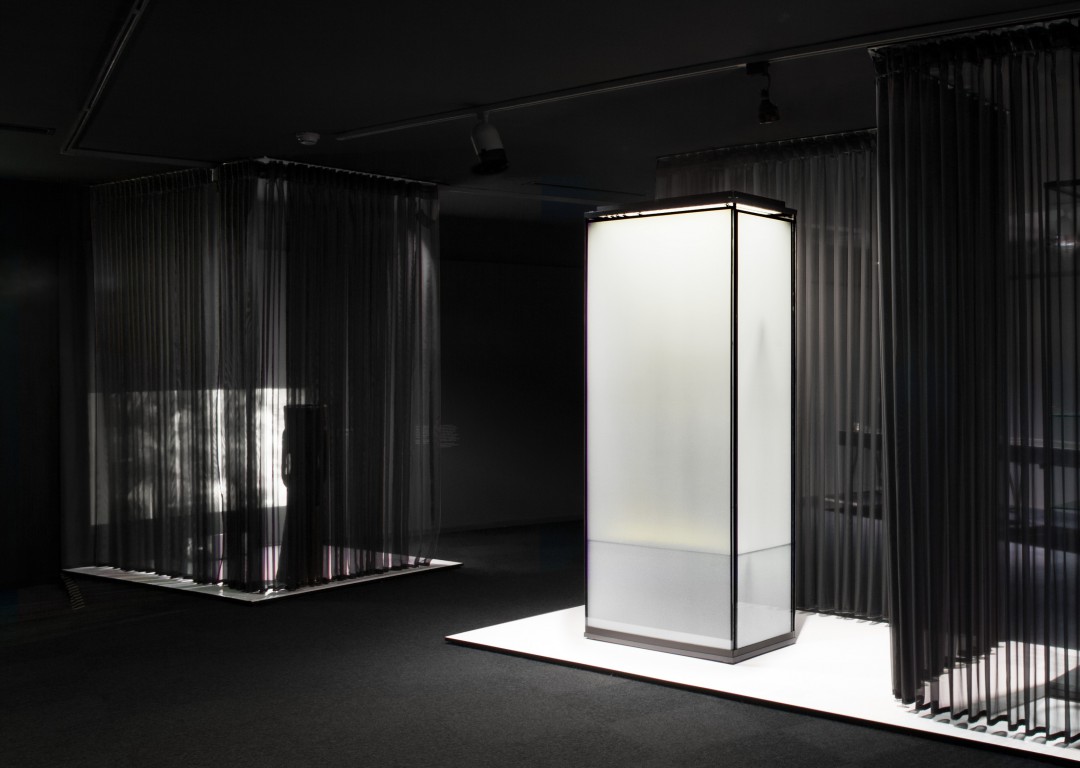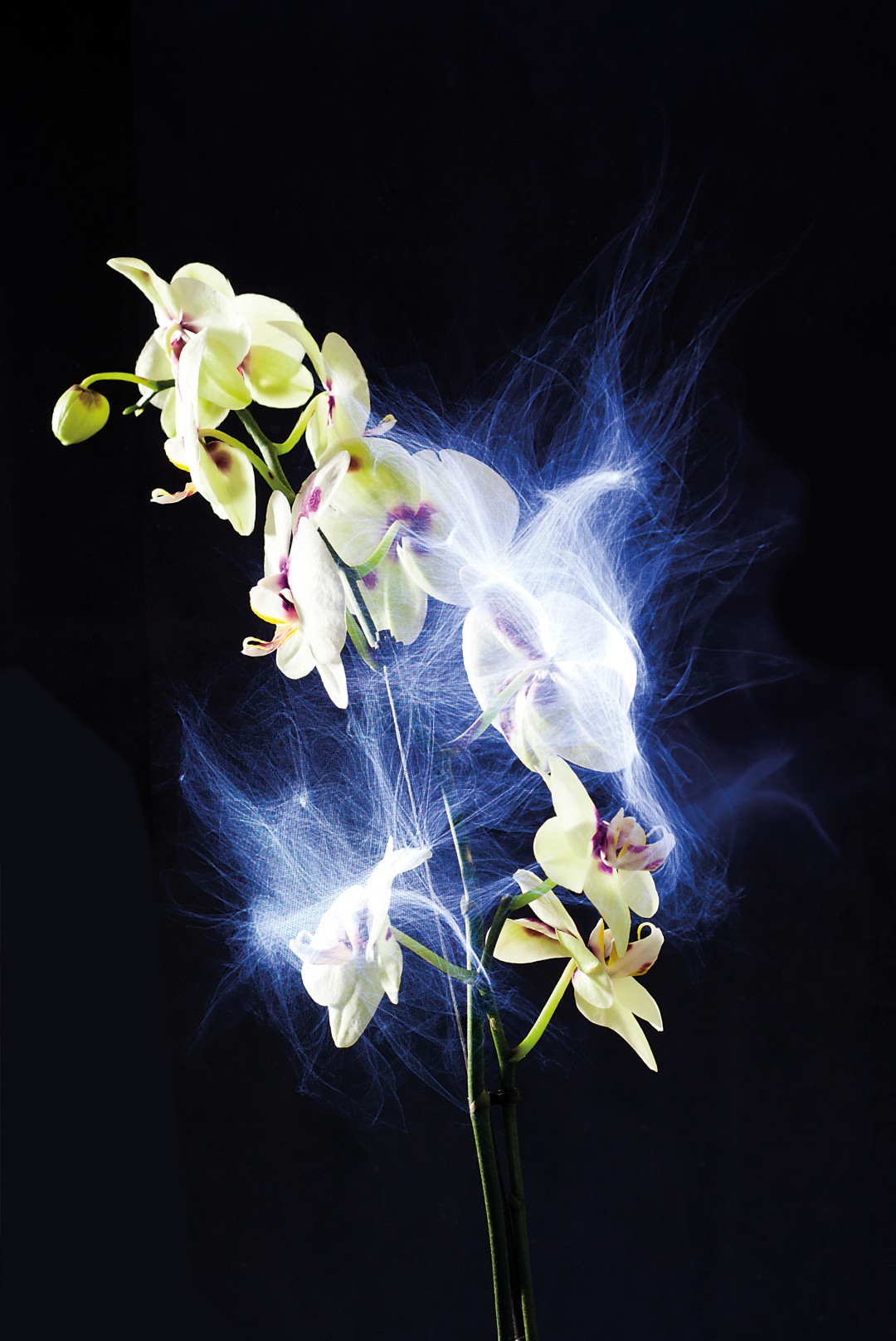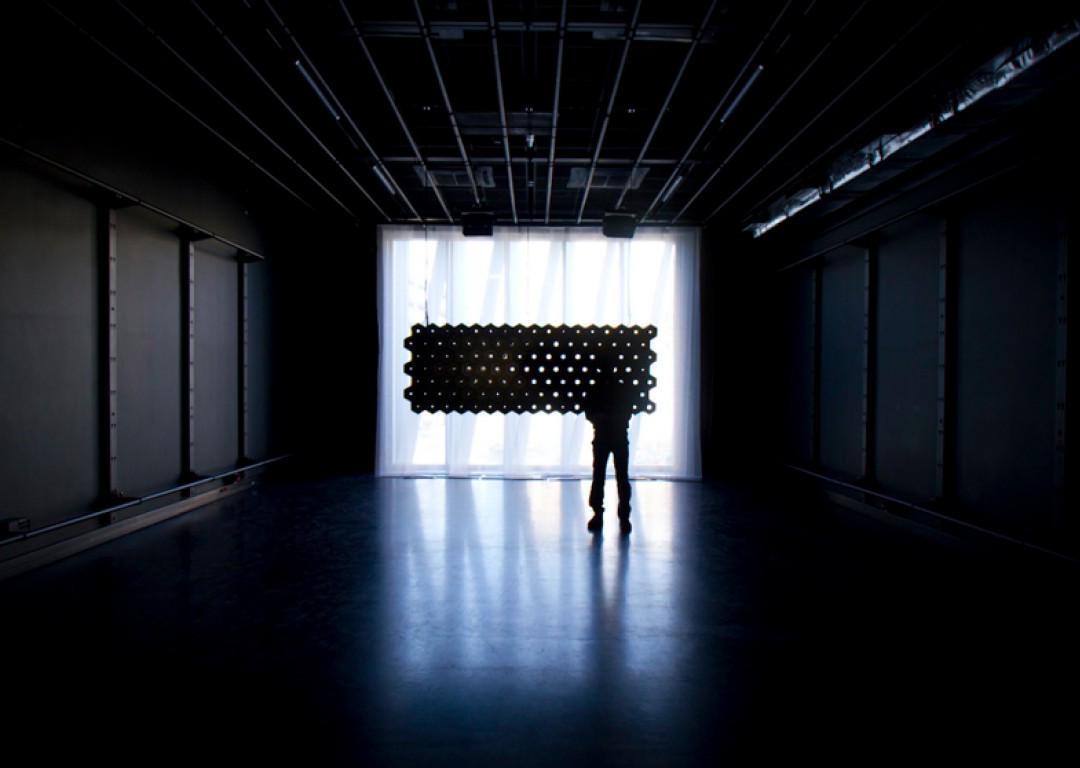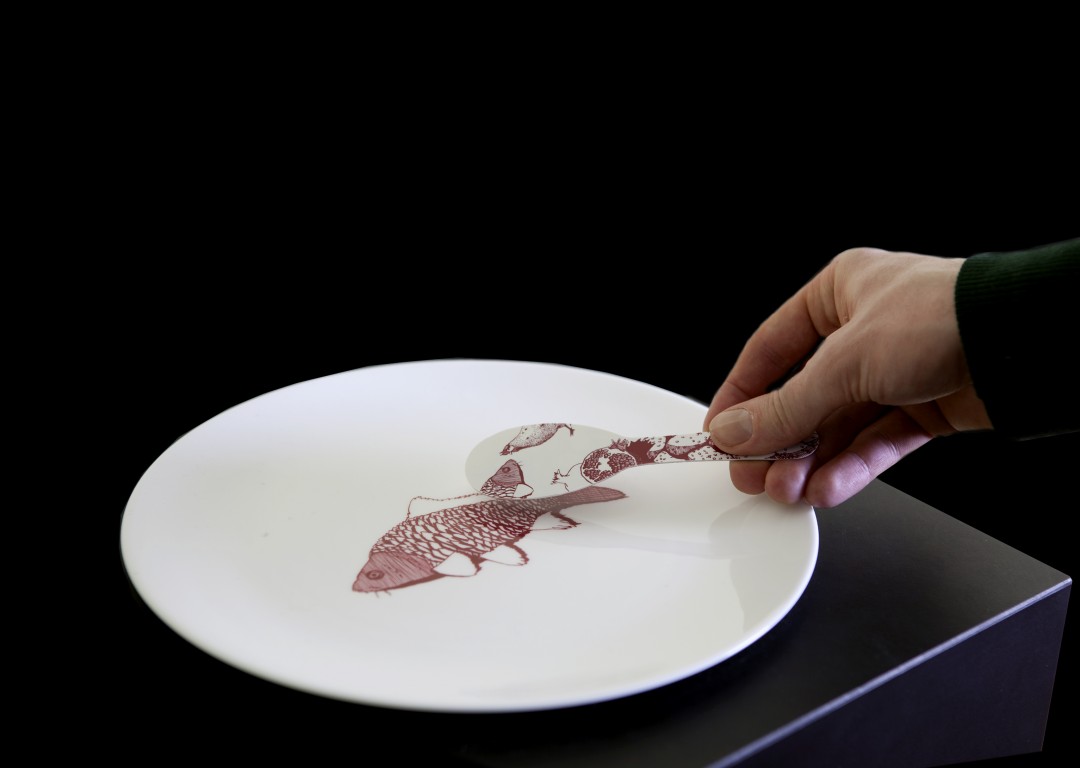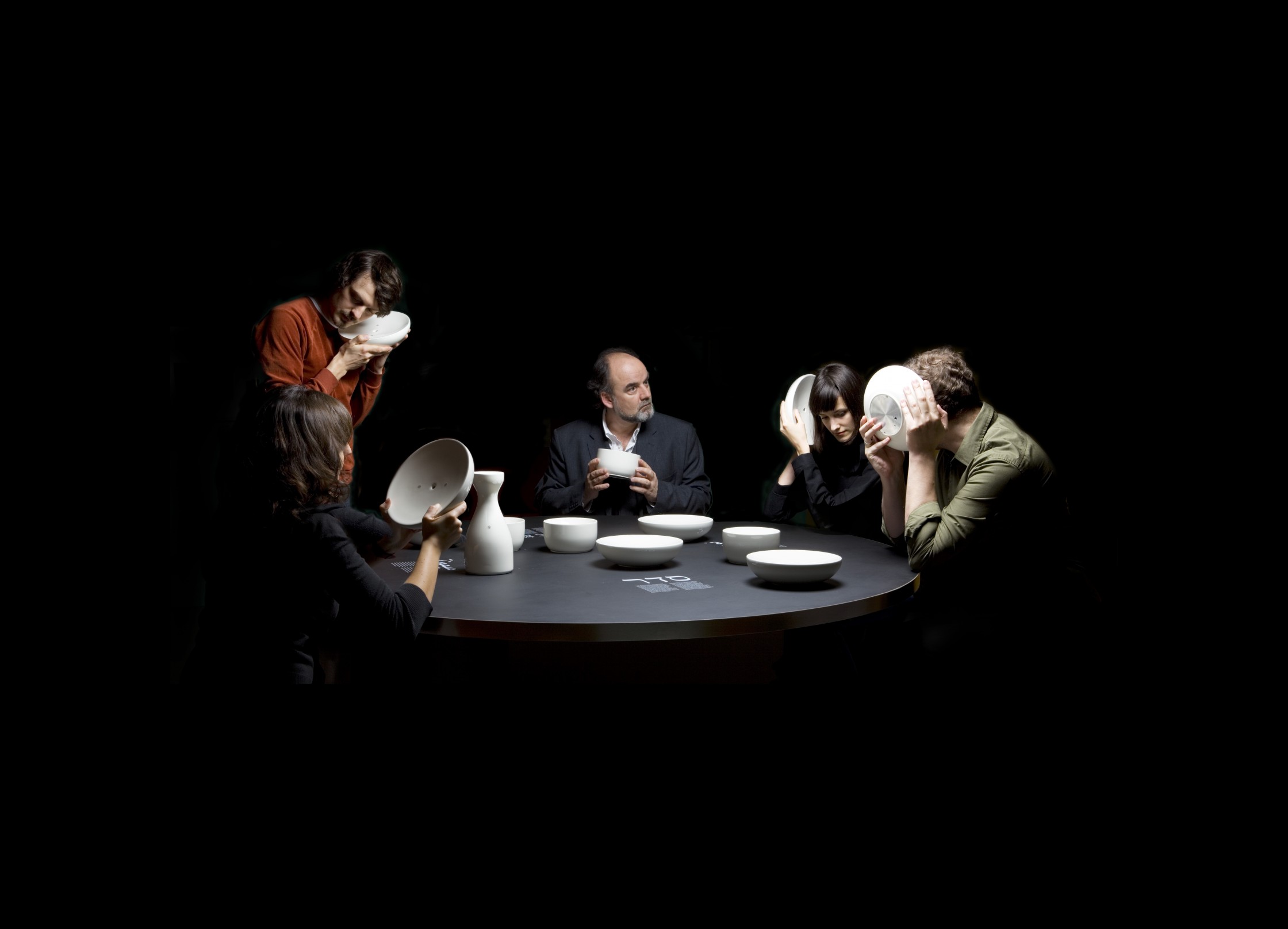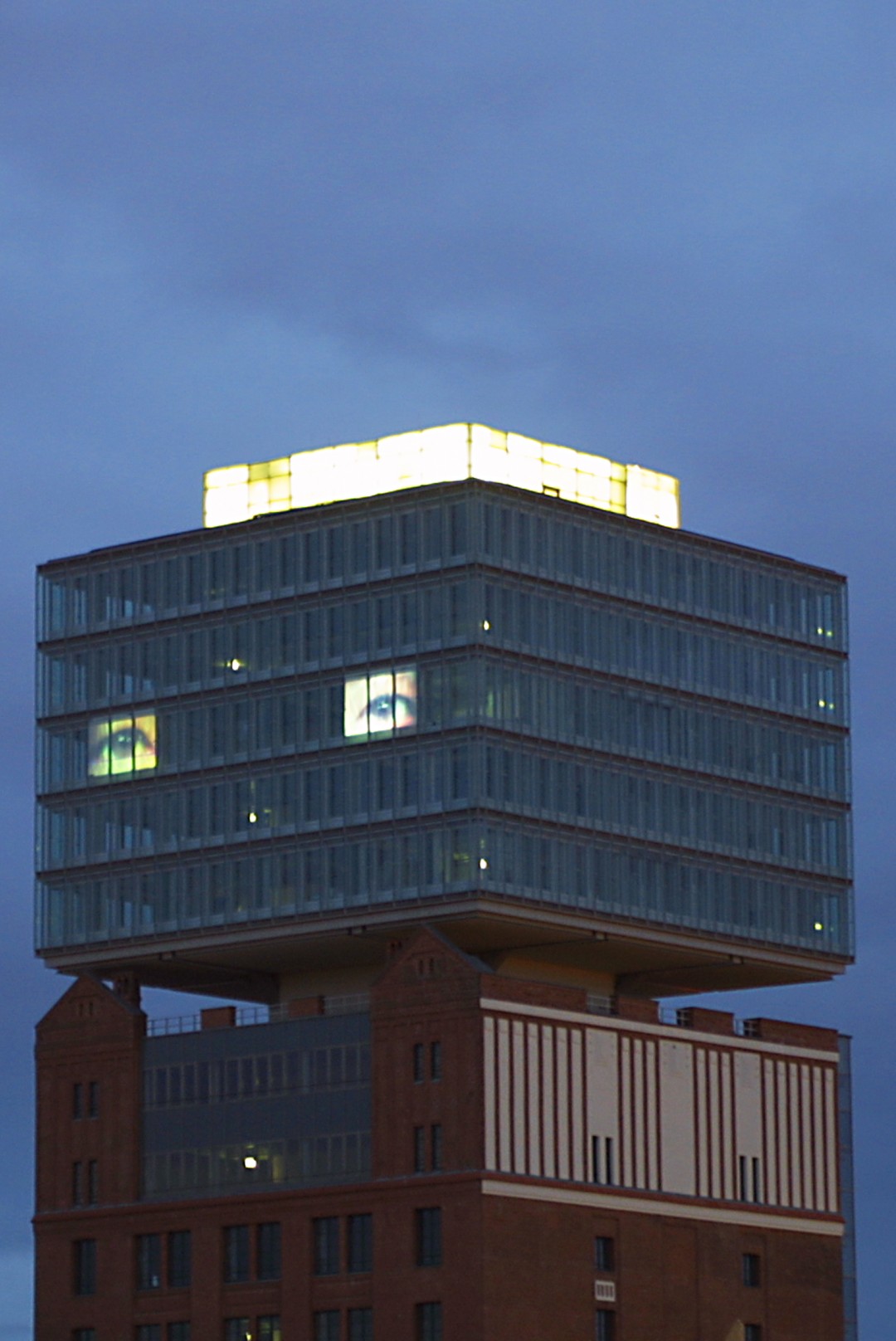Kein anderer Stoff hat die Menschheit im 20. und beginnenden 21. Jahrhundert so geprägt wie das Erdöl – unzählige Materialien und Technologien, kulturelle Erzeugnisse, Lebensweisen, Wissen, Visionen, Werte und Emotionen, aber auch Ungerechtigkeiten, Brutalitäten und Abgründe unserer Zeit verdanken sich direkt oder indirekt der Energiedichte und Wandelbarkeit des ambivalent schillernden „schwarzen Goldes“.
Die Sorge vor dem Versiegen der Ölquellen ist so alt wie das Erdölzeitalter selbst. Doch nicht die Endlichkeit der Ressource, sondern der Kampf gegen globale Klimaerwärmung und Plastikmüllberge läutet jetzt die Dämmerung des „Ölzeitalters“ ein. Eine Bestandsaufnahme ist mehr als notwendig, weil wir in so vielen Bereichen so eng mit der Ressource Erdöl verflochten sind – im Schrecklichen wie im Schönen.
Die Ausstellung Oil. Schönheit und Schrecken des Erdölzeitalters bedient sich eines erzählerischen Tricks, um der noch andauernden Gegenwart der Petromoderne mit der notwendigen Distanz zu begegnen. Welches Bild würde ein aus der Zukunft zurück gerichteter – quasi archäologischer – Blick auf unsere Gegenwart liefern? Die Ausstellungsarchitektur greift diesen Gedanken mit diagonal durch die Halle verlaufenden Wänden auf, die abstrahierte Erdschichten darstellen und zugleich den Eindruck einer archäologischen Ausgrabungsstätte erwecken.
Vor dem Eintritt in die Ausstellungshalle steht ein Prolog, der sich aus drei Teilen aufbaut: Im Kabinett der Ambivalenzen prallen Zeiten, Orte und emotionale Widersprüche der kulturellen Erscheinungsformen des Erdöls unvermittelt aufeinander. Im Mapping-Kabinett geht es um das genaue Gegenteil, die maximale, rationalisierende Distanznahme durch Kartierungstechniken, die operative, propagandistische oder auch kritische Bilder petromoderner Landschaften entwerfen. Der Ölspiegel ist ein Ort physischer Konfrontation mit der epochalen Substanz, eine Art Zauberspiegel, der in das Land der petromodernen Schrecken und Verheißungen führt.
Kuratiert von Alexander Klose, Benjamin Steininger, Ralf Beil und Andreas Beitin
Kuratorische Assistenzen: Elena Engelbrechter und Regine Epp
Ausstellungsgestaltung von TheGreenEyl
Text aus dem Booklet der Ausstellung
Fotos: schnepp-renou
No other substance has shaped societies in the twentieth and early twenty-first centuries as much as oil — countless materials and technologies, cultural products, ways of life, knowledge, visions, values, and emotions, but also injustices, brutalities, and abysses of our time owe their existence directly or indirectly to the energy density and transformability of the ambivalently shimmering “black gold.”
Concerns about oil wells running dry are as old as the Petrol Age itself. It is, however, not the finite nature of the resource, but rather the fight against global warming and mountains of plastic waste that is now heralding the dusk of the Petrol Age. Taking stock is more than necessary because we are so closely intertwined with petroleum as a resource in so many ways — both horrible and beautiful. The exhibition Oil. Beauty and Horror in the Petrol Age uses a narrative trick to confront the still ongoing presence of petromodernism with the necessary distance. What kind of image would a view of our present directed from the future — from a quasi-archaeological perspective — provide?
The exhibition architecture picks up on this idea with walls running diagonally through the hall, representing abstracted layers of earth and at the same time creating the impression of an archaeological excavation site. Before entering the exhibition hall, there is a prologue comprised of three parts: In the Cabinet of Ambivalences, times, places, and emotional contradictions of the cultural manifestations of petroleum collide abruptly. The Mapping Cabinet is about the exact opposite, namely maximal distancing through rationalizing mapping techniques that create operational, propagandistic, or even critical images of petromodern landscapes. Finally, the Oil Mirror is a site of physical confrontation with the epochal substance, a kind of looking glass that leads into the land of petromodern horrors and promises.
Curated by Alexander Klose, Benjamin Steininger, Ralf Beil and Andreas Beitin
Curatorial Assistant: Elena Engelbrechter und Regine Epp
Exhibition design by TheGreenEyl
All text taken from the booklet of the exhibiton
Photos: schnepp-renou
